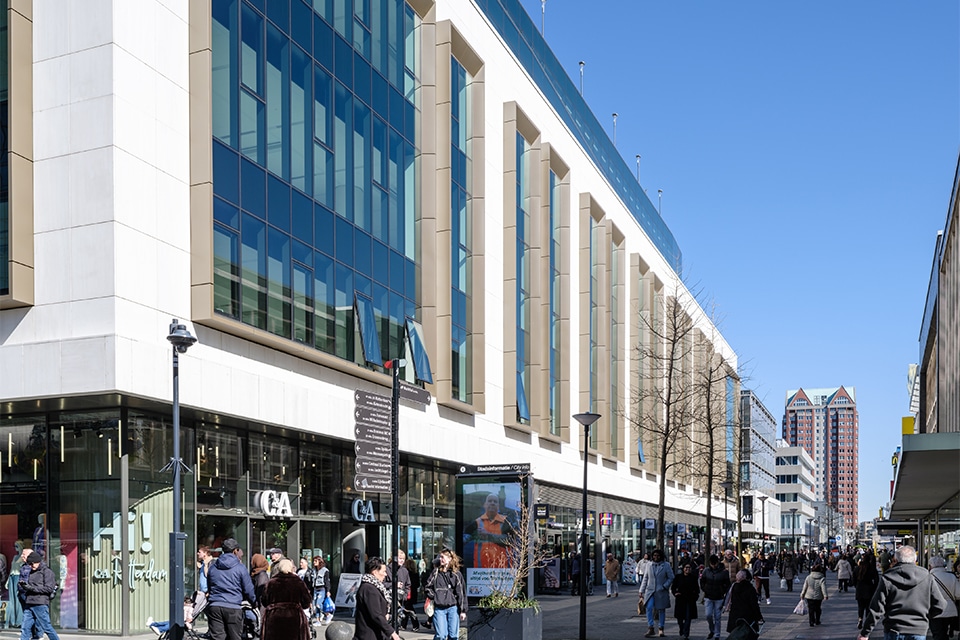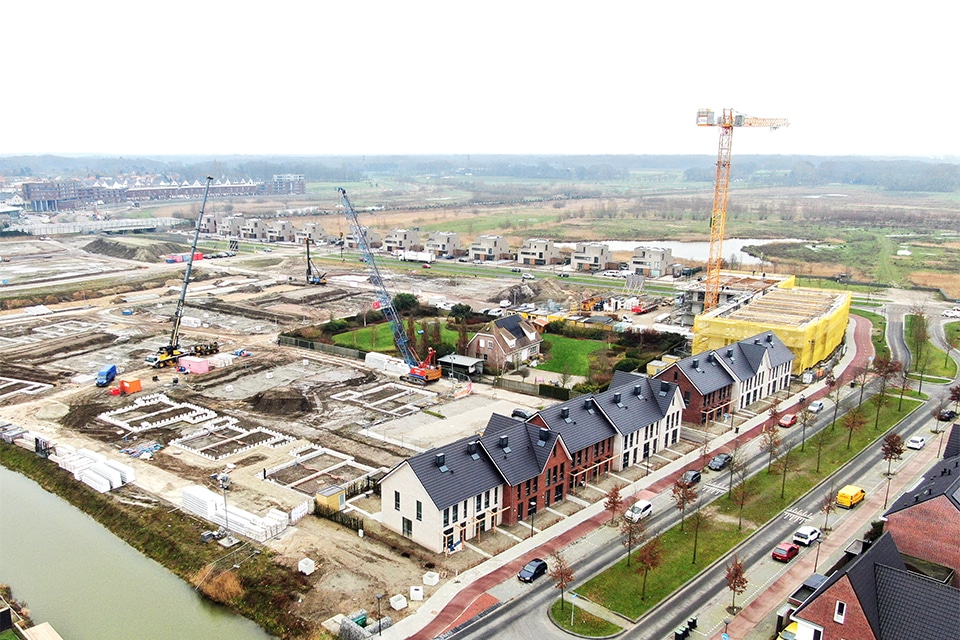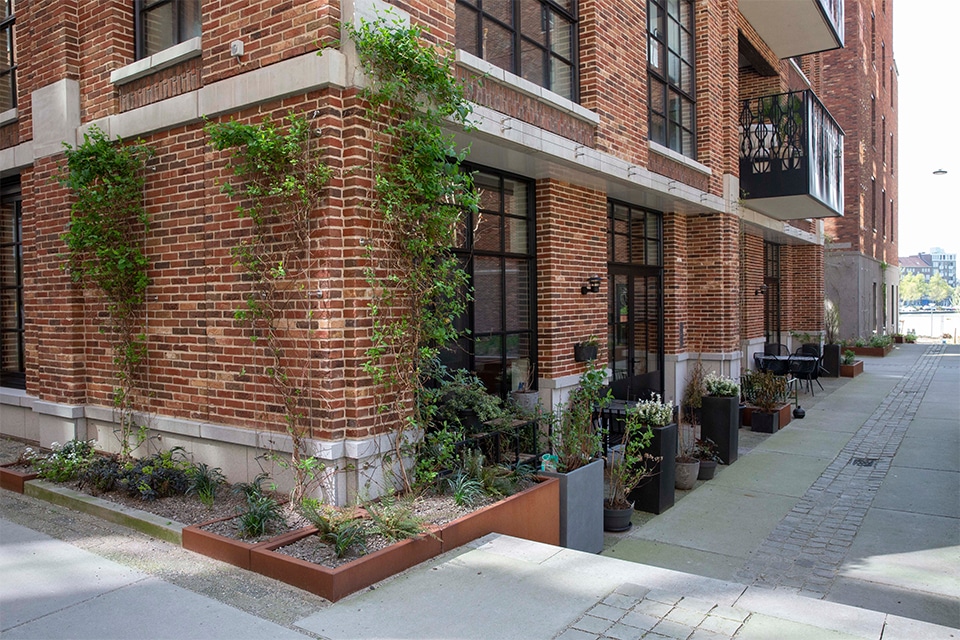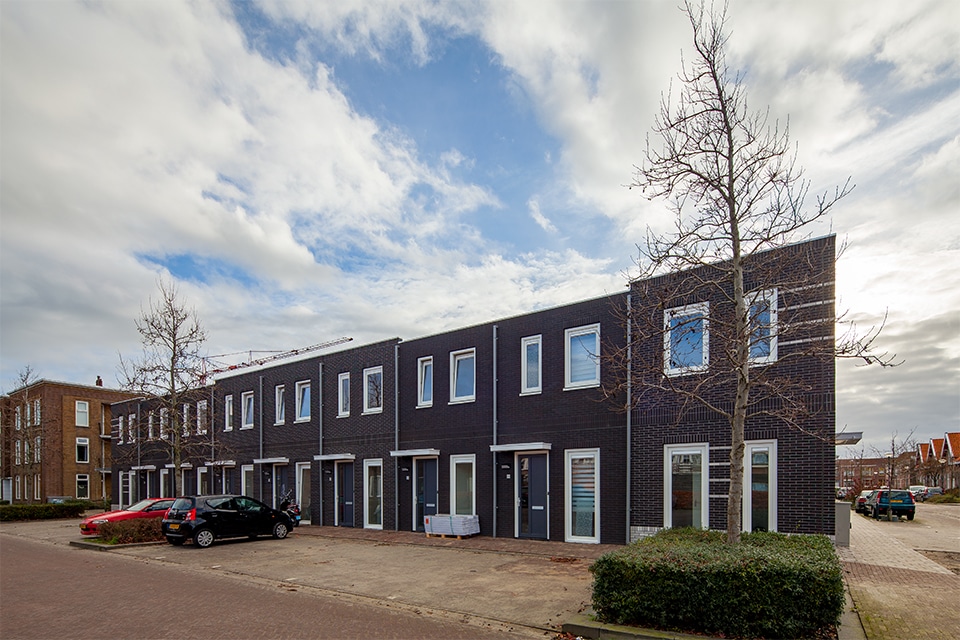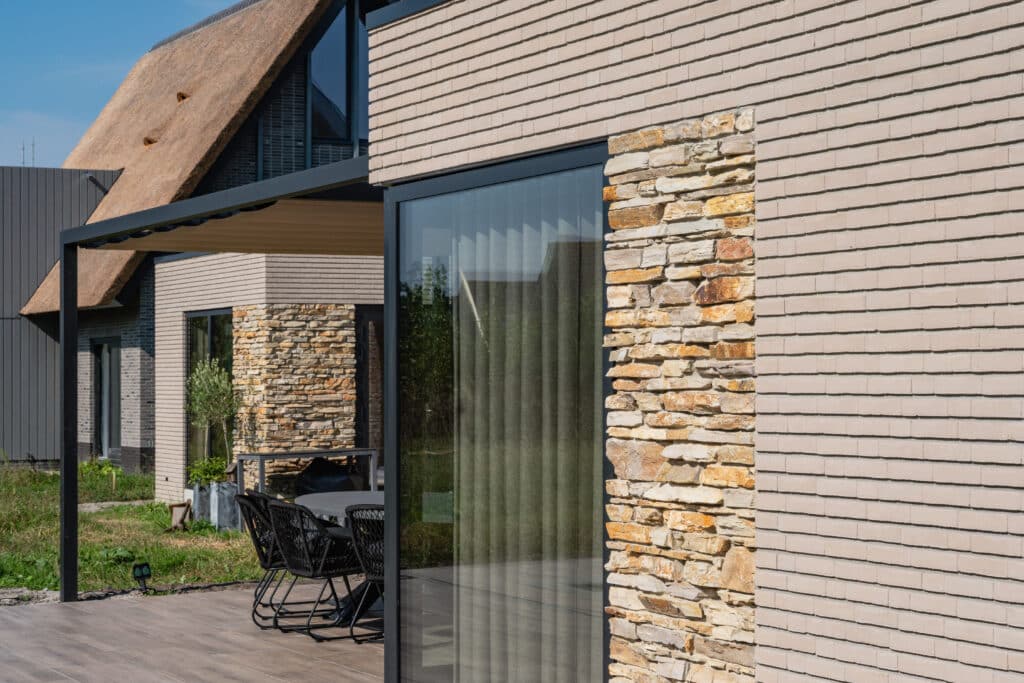
A brick is not so crazy
Rodruza's factories have been baking bricks in the Netherlands for several hundred years. Innovating in time is important to the family business. This manifests itself not only in a wide range of high-quality facing bricks and stone strips, but also in increasingly sustainable product and production processes. "At Rodruza, we embrace new techniques that reduce the CO2 footprint of facades even further, such as the introduction of dry stacking and facade bricks made from ceramic waste streams."
A brick is intrinsically an incredibly durable product. The oldest buildings constructed of brick are more than 8,000 years old. "Also in the Dutch streetscape in cities and villages, you see striking and inconspicuous buildings that have served for centuries and have accommodated changing occupants and uses over time," says Frank Struijk, a facade brick consultant for 33 years. "A ceramic facade lasts maintenance-free for up to centuries and you can't say that about many alternatives. When you look at it over the life cycle of a building of 100 or even 200 years, there are not many materials more sustainable than facing brick!" Life cycle analyses and environmental cost analyses confirm that, adds Martijn Berendsen, plant manager at the Gendt plant. "It is the design of the building that determines whether a facing brick is also sustainable resource use. If a short or uncertain lifespan is estimated for a building, then a masonry facade may not be as sustainable, but an alternative in stone strips or dry stacked may be."
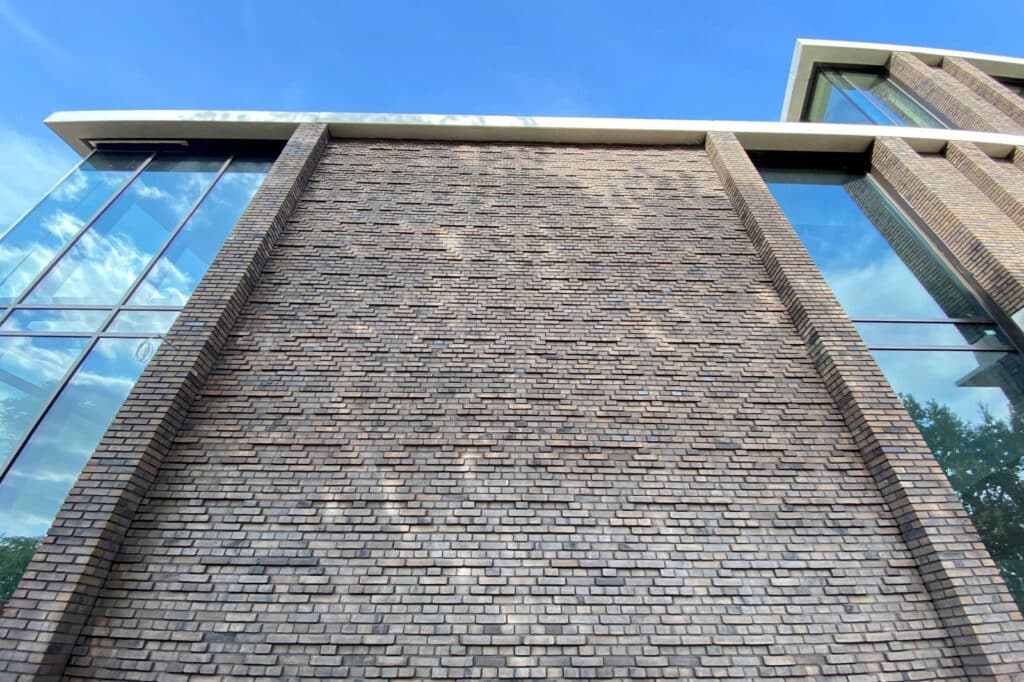
All-natural raw materials
Rodruza's facing bricks are made from entirely natural raw materials such as recoverable river clay from the Dutch floodplains. "For the river clay we work together with, for example, k3Delta and Natuurmonumenten. In this cooperation, we combine the extraction of sand, clay and gravel with the development of water storage and new nature in the floodplains," Struijk continues. The production process of facing bricks, on the other hand, could still use an upgrade. That is why Rodruza has been investing for years in making that process more sustainable. In recent years, the efficiency of drying and firing processes has improved. "Where previously the industry was still firing on coal and oil, we have now been firing on natural gas for years," Berendsen explains. "On a small scale we have now also conducted successful trials with hydrogen, and we are exploring the possibilities of applying that on a large scale." Suppliers are also carefully chosen.
On the right track
Berendsen compares the coming transition of the brick to that of the light bulb. "The light bulb was eventually replaced by the energy-saving bulb. Was it necessarily better for the environment? No, certainly not, but it did save energy. And now we have the LED bulb, which saves even more energy and is also better for the environment. The transition to energy-saving light bulb started almost 30 years ago, it wasn't until about 5 years ago that LED became a serious option. Right now we are working with facade bricks to make the step from the incandescent to the energy-saving bulb. We still have a long way to go in this, but we are on the right track," he says ambitiously. The step to the LED lamp is still a bit further away, for which a hydrogen infrastructure is a prerequisite.

Drystack concept
Struijk adds that the various partnerships Rodruza is entering into are helping to accelerate sustainability. For example, Rodruza is the first brick manufacturer to adopt the Drystack concept and start supplying stacking bricks ex-factory. "The dry stacking system has the great advantage that no masonry mortar is used. The bricks are processed in such a way that they can be stacked on top of each other like lego bricks. So you no longer need masons, but stackers trained by Drystack. It saves time on construction and in the planning process, and ultimately the building materials are suitable for circular use. After all, not all buildings stand for centuries, and for buildings that can be expected to have a shorter lifespan, a dry stacking system is a sustainable solution. As an architect, you are also a lot more flexible in your design; with Drystack, special masonry dressings easily show themselves in the facade."
Bricks made from ceramic residue
Recently, Rodruza has been developing bricks from ceramic waste material. "This was already being experimented with on a small scale by different parties, but at Rodruza we are working on being able to realize this in larger production volumes as well," Berendsen says proudly. "For example, we are creating a fully circular system for the bricks and we are also using the ceramic waste that is released here and there during the demolition of buildings. In short, we are working in every possible way to make our production process, our product range and the construction chain more sustainable."
Heeft u vragen over dit artikel, project of product?
Neem dan rechtstreeks contact op met Rodruza B.V..
 Contact opnemen
Contact opnemen
